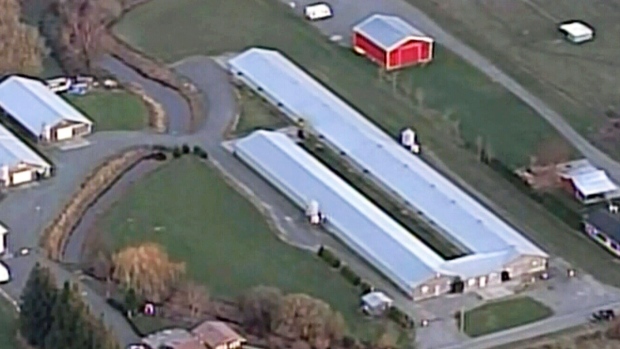A vast security perimeter around southern British Columbia has been established by Canadian health authorities, in which the slaughter of 146,000 birds at five affected farms has almost been completed. The region is the most recent to be affected by a highly virulent strain of H5N2 avian influenza.
“Those who have put some restrictions on all of Canada will start to look at reducing that to only British Columbia or the Fraser Valley,” Dr Harpreet Kochhar, Canada’s chief veterinary officer, told reporters Monday, referring to the seven countries that have so far imposed trade restrictions on poultry nationally.
The countries include The US, Mexico, South Africa and several Asian countries.
The security zone is bordered by the Pacific Ocean on the west, Highway 16 on the north, the Alberta border on the east and the US border on the south. The zone encompasses approximately the southern half of the province.
“The primary control zone is divided into three disease control zones: infected, restricted and security,” the Canadian Food Inspection Agency (CFIA) stated in the announcement of the ban. “The three zones represent relative levels of risk and movement restrictions vary accordingly. Most of the restrictions apply to the infected and restricted zones because of the greater potential that the virus can spread.”
Because of this highly pathogenic strain–which has a high risk of rapid transmission between animals–and given the large number of breeding poultry holdings in southern British Columbia, the primary control area extends beyond the currently affected areas, which are confined to a much smaller region in the Fraser Valley, according to Kochhar.
The current H5N2 virus is a subtype known to affect wild and domestic birds, and because of its high mortality rate is due to its high pathogenicity, according to CFIA. However, the H5N2 bird flu is very poorly transmissible to humans, unlike the H5N1 virus.
The nearly 150,000 birds will be euthanized and composed, and farmers will be compensated within six to 10 weeks at the full market value of the poultry.
By James Haleavy
